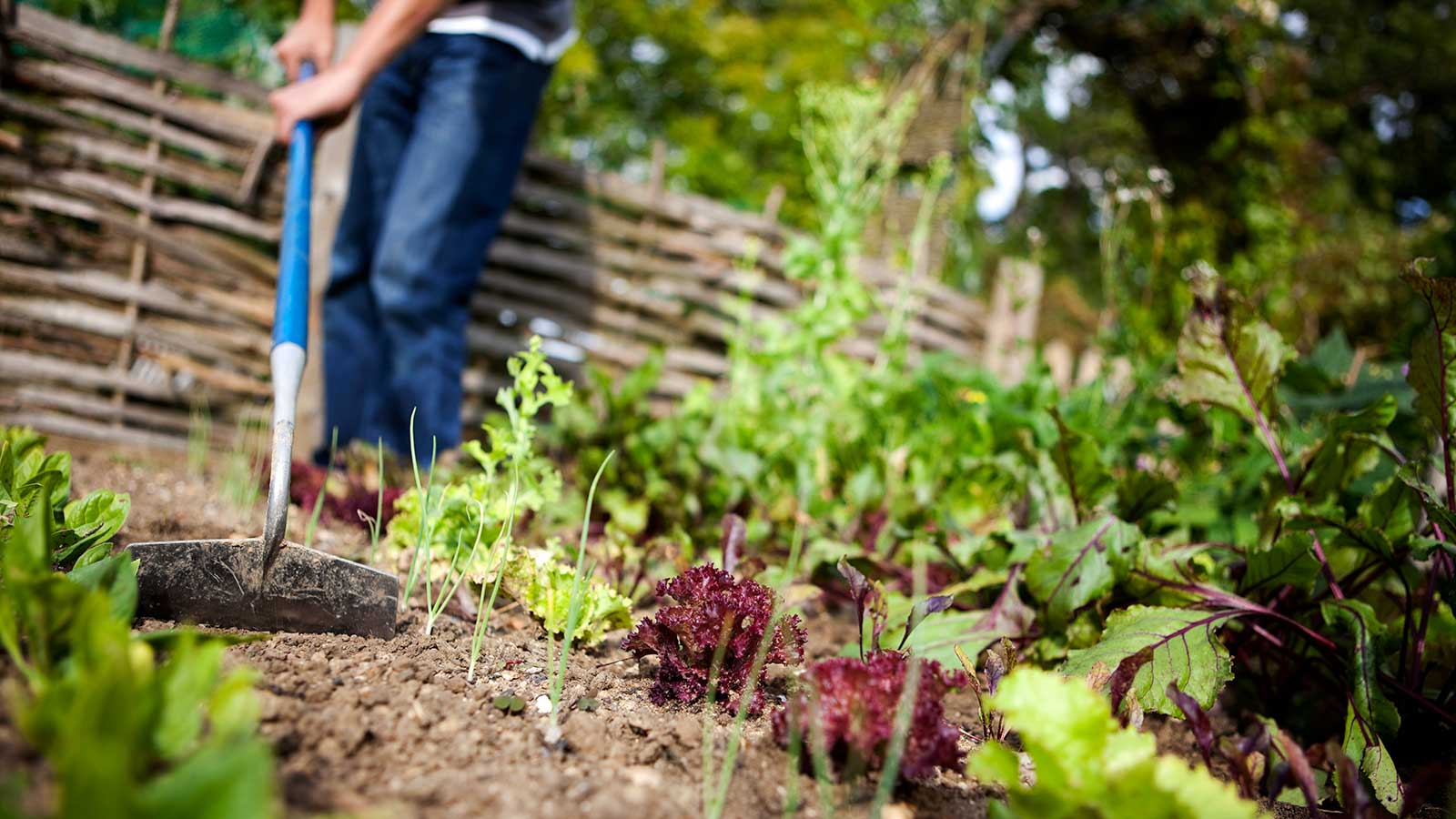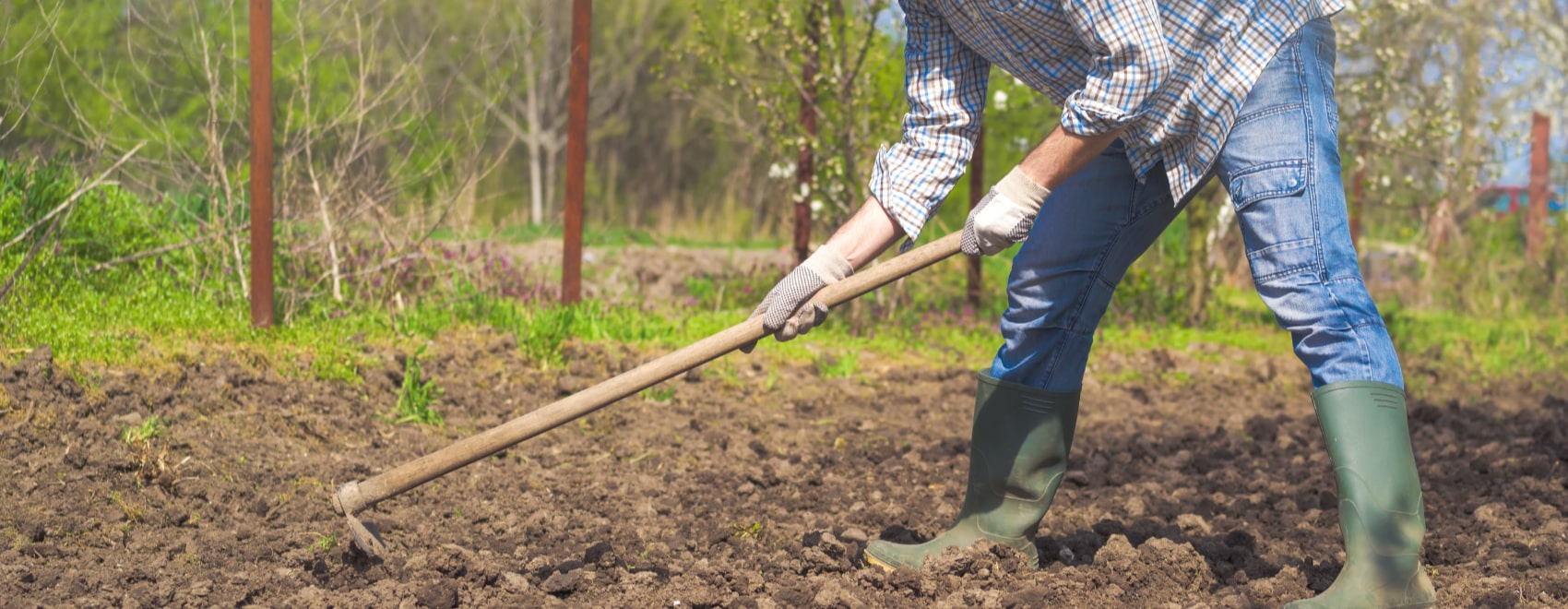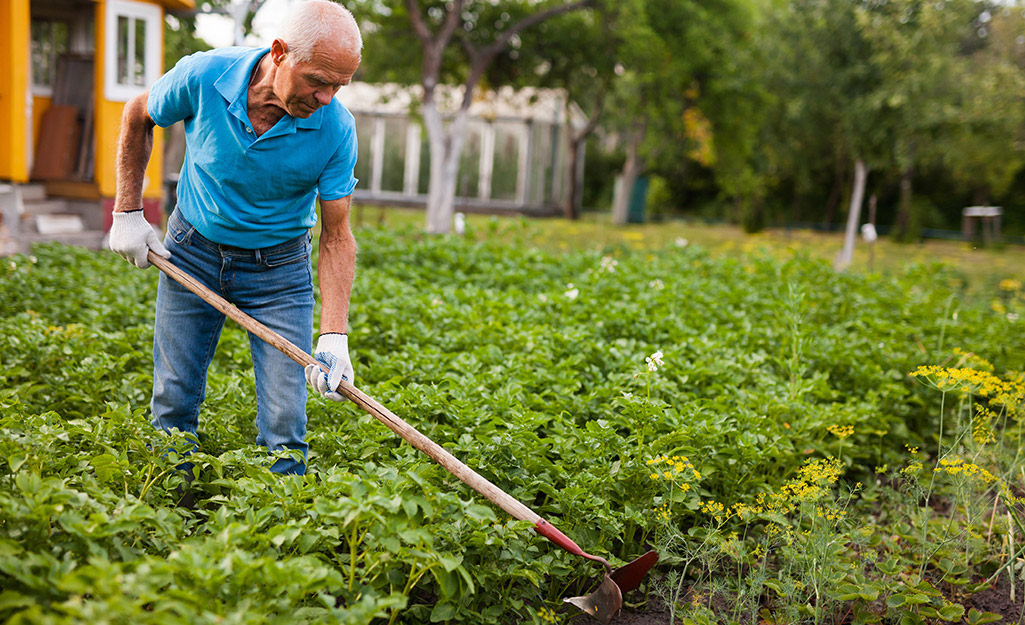blog
How to Use a Garden Hoe Effectively
A garden hoe is a timeless tool that has been a staple in gardens for centuries. Known for its versatility, a hoe is essential for a range of gardening tasks, from weeding to soil preparation. Whether you’re a novice gardener or an experienced horticulturist, learning how to use a garden hoe effectively can greatly enhance your gardening experience. This article will explore the different types of garden hoes, the essential techniques for using them, and tips on maintaining your hoe to ensure it lasts for years to come.
1. What is a Garden Hoe?
A garden hoe is a tool used for breaking up soil, removing weeds, and cultivating the earth in your garden. It consists of a long handle and a flat blade, with various designs available to suit different gardening needs. Traditionally, hoes were made of wood and metal, but today, you can find models made from lightweight materials like fiberglass or steel, making them easier to handle.
Hoes are commonly used for tasks like loosening soil, aerating the ground, or cutting through unwanted weeds. The blade is typically sharpened to allow for a clean cut through soil or weeds. The long handle enables the user to work while standing, reducing the need for bending over, which helps avoid strain during long gardening sessions.

2. Different Types of Garden Hoes
There are several types of garden hoes available, each designed for specific tasks. The right hoe for your garden depends on the tasks you plan to undertake and the type of soil you are working with. Below are some of the most common types of hoes used by gardeners:
- Standard Hoe: The traditional hoe with a rectangular blade that is effective for breaking up soil and cutting through weeds. It is ideal for general-purpose gardening and is great for larger garden beds or rows.
- Draw Hoe: This is one of the most commonly used hoes for gardeners. The blade is positioned perpendicular to the handle, and it is typically used for pulling soil towards you, which is effective for preparing garden beds and aerating the soil.
- Stirrup Hoe (Loop Hoe): This hoe features a blade that is shaped like a stirrup (loop) and is used with a push-pull motion. It is highly effective for weeding and soil cultivation, especially in areas with compacted soil or dense weed growth.
- Dutch Hoe: A Dutch hoe features a blade that is angled in a way that allows it to glide easily just beneath the surface of the soil. This type of hoe is perfect for weeding and cutting through weeds close to the ground without disturbing the roots of plants.
- Collinear Hoe: The collinear hoe has a thin, flat blade that works well for precision tasks such as weeding around delicate plants or in tight spaces. It is perfect for gardeners who need to carefully weed without disturbing the soil too much.
- Post Hole Hoe: This hoe is designed for digging holes, particularly in compacted soil or for planting in hard-to-reach areas. It has a narrow, pointed blade that makes it easier to break through the ground.
Choosing the right type of hoe is crucial for the success of your gardening efforts. If you’re dealing with light, loose soil, a standard or draw hoe will likely suffice, while a stirrup hoe or Dutch hoe will be more effective for tough weeds and compact soil.
3. Techniques for Using a Garden Hoe
Using a garden hoe effectively requires understanding the right techniques for different tasks. Whether you are weeding, breaking up soil, or aerating, employing the correct technique will make the process smoother, more efficient, and less taxing on your body. Below are some key techniques for using a garden hoe:
- Weeding with a Hoe: Weeding is one of the most common uses for a hoe. To effectively remove weeds, you need to target the roots while avoiding disturbance to surrounding plants. For this, a draw hoe or Dutch hoe is the best choice. Use a gentle pushing or pulling motion to slice just below the surface of the soil, targeting the root system of the weeds. For larger weeds, use a back-and-forth motion to sever the weeds from the soil, ensuring that the roots are fully uprooted.
- Breaking Up Soil: Breaking up soil is another key use of a garden hoe. For this, a standard hoe or stirrup hoe works best. When breaking up soil, use a chopping motion to penetrate the soil with the blade. Once the blade is in the soil, pull the handle towards you to loosen and break apart any compacted areas. For tougher soil, you may need to apply more force, but be sure to work slowly to avoid injury.
- Aerating the Soil: Aeration is important to ensure proper drainage and root development for your plants. Use a draw hoe to cut grooves or furrows into the soil. This will help increase airflow to the roots and allow water to penetrate the soil more effectively. When aerating, be sure to avoid cutting too deep, as this can damage the plant roots.
- Hilling Soil Around Plants: Hilling refers to the practice of piling soil around the base of plants to encourage root growth or support the plants as they grow taller. This technique is especially useful for vegetables like potatoes and tomatoes. To hill soil, use a draw hoe or a standard hoe and push soil towards the plant’s base. A gentle motion will help form a mound of soil that will support the plant as it grows.
- Tilling the Soil: Tilling is the process of loosening the soil to prepare it for planting. It is especially useful in spring when you’re ready to plant seeds. Use a standard hoe for tilling, working in sections to break up the soil into manageable parts. Make sure to work in a circular motion, loosening the top layer of soil, but avoid going too deep.
- Edge Control: A garden hoe can also help keep your garden beds tidy by controlling the edges. Use a hoe to define clear borders between different sections of your garden, preventing weeds from encroaching into planted areas. Move the hoe gently along the edge of the bed to keep it neat and well-defined.
- Post-Harvest Care: After harvesting, the hoe can help prepare your garden for the next season. Use it to remove any leftover weeds, break up the soil, and prepare the garden for the next crop. This ensures the soil remains loose and free of debris, making it easier to plant new crops.
4. Tips for Maximizing Efficiency When Using a Hoe
Using a hoe can be physically demanding, but with the right tips and techniques, you can maximize efficiency and reduce strain. Here are some tips for making the most out of your gardening hoe:
- Proper Grip and Posture: Ensure that you’re holding the hoe with a firm but relaxed grip to prevent hand fatigue. Keep your back straight and bend your knees slightly to avoid straining your back. If you need to reach a distant area, use the length of the handle to extend your reach without leaning over too much.
- Work in Short Bursts: To prevent overexertion, work in short bursts with regular breaks. This helps reduce the risk of strain and allows you to maintain focus on your task without tiring yourself out.
- Use the Right Hoe for the Job: As discussed earlier, selecting the right hoe for the task at hand can make your work much easier. If you’re working with dense weeds, a stirrup hoe is a great choice. For light, delicate weeding, a collinear hoe will allow for precision and control.
- Clean Your Hoe Regularly: After each use, clean your hoe to prevent dirt and sap buildup, which can dull the blade over time. Wipe down the blade with a rag, and if necessary, sharpen it to maintain optimal performance.
- Rotate Between Tasks: If you’re using the hoe for extended periods, rotate between different gardening tasks (weeding, soil aeration, hilling, etc.) to avoid repetitive motion injuries and to give your muscles a break.

5. Maintaining Your Garden Hoe
Proper maintenance of your garden hoe is essential to ensure it lasts for years and continues to perform well. Here are some essential steps for maintaining your hoe:
- Sharpen the Blade: A sharp hoe is much more effective at cutting through soil and weeds. Use a sharpening stone or metal file to keep the blade in top shape. Sharpening should be done regularly, especially if you use the hoe frequently.
- Clean After Use: Always clean your hoe after each use to prevent soil, rust, and sap from building up on the blade. Simply rinse the blade with water, wipe it with a rag, and allow it to dry before storing it.
- Oil the Blade: To prevent rusting, apply a light coat of oil to the blade after cleaning it. This will help protect the metal and keep it in good working condition. A thin layer of motor oil or vegetable oil works well for this purpose.
- Check the Handle: Inspect the handle regularly for cracks, splinters, or signs of wear. If the handle is made of wood, sand it smooth and apply wood oil to maintain its strength and flexibility. For fiberglass or aluminum handles, check for any damage or bending and replace the handle if necessary.
- Store Properly: Store your hoe in a dry place to prevent rust and deterioration. Hanging the hoe on a tool rack or storing it off the ground will help protect it from the elements and prolong its lifespan.
Conclusion
Learning how to use a garden hoe effectively can make a world of difference when it comes to gardening. Whether you’re weeding, aerating, or preparing your soil, the hoe is an indispensable tool for maintaining a healthy and thriving garden. By choosing the right hoe, employing effective techniques, and maintaining your tool properly, you can ensure that your gardening tasks are completed efficiently and with minimal effort. So, grab your hoe, get out into the garden, and start cultivating success!


